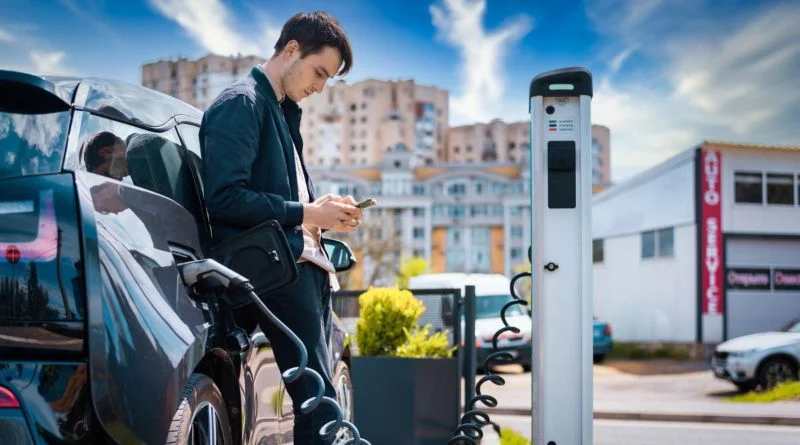What is the use of Electrical Vehicle charging stations?
Electric vehicle (EV) charging stations are essential infrastructure for the widespread adoption of electric vehicles. These charging stations, also known as EVSE (electric vehicle supply equipment), are the means by which electric vehicles are powered up and recharged. They can be found in various locations, including public areas, workplaces, and private homes. In this article, we will discuss the importance and use of EV charging stations, including their benefits, types, and installation.
Importance of EV Charging Stations
Electric vehicles have been gaining popularity as an alternative to traditional gasoline-powered vehicles, as they produce less greenhouse gas emissions, are more energy-efficient, and have lower operating costs. However, one of the main challenges for EVs is their limited driving range, which is dependent on the capacity of the battery. The range of electric vehicles varies, but on average, it is about 150-300 miles. When the battery runs out of power, the vehicle needs to be recharged, and this is where the importance of EV charging stations comes in.
EV charging stations provide a reliable and convenient means for electric vehicle owners to recharge their cars. They can be found in various locations, making it easier for electric vehicle drivers to travel long distances without worrying about running out of power. For example, if someone needs to take a long-distance trip, they can plan their route, knowing that they can stop at EV charging stations along the way to recharge their car’s battery.
Moreover, EV charging stations help to reduce carbon emissions and air pollution, as electric vehicles emit fewer greenhouse gasses and other pollutants than traditional gasoline-powered vehicles. By using EVs and charging stations, we can help to reduce our dependence on fossil fuels and promote the use of renewable energy sources, such as solar and wind power.
Types of EV Charging Stations
There are three main types of EV charging stations, each with different charging speeds and power levels. These are: Level 1 Charging Station: A level 1 charging station is the slowest type of EV charging station, with a power output of 120 volts and 15-20 amps. It can take up to 20 hours to fully charge an electric vehicle using a level 1 charging station. Level 1 charging stations are often used in homes and workplaces, as they are inexpensive and can be plugged into a standard electrical outlet.
- Level 2 Charging Station: A level 2 charging station is a faster charging option, with a power output of 240 volts and 30-40 amps. It can take between 4 and 8 hours to fully charge an electric vehicle using a level 2 charging station. Level 2 charging stations are often used in public areas, such as parking lots, shopping malls, and public transportation stations.
- DC Fast Charging Station: A DC fast charging station is the fastest type of EV charging station, with a power output of 480 volts and 50-350 amps. It can charge an electric vehicle to 80% capacity in as little as 20-30 minutes. DC fast charging stations are often used in high-traffic areas, such as highways and busy cities.
Installation of EV Charging Stations
The installation of EV charging stations requires careful planning and consideration. It involves various factors, such as location, power supply, and accessibility. Here are some of the key considerations for the installation of EV charging stations:
- Location: EV charging stations should be located in areas that are easily accessible and visible to the public. They should be placed in locations that are convenient for electric vehicle owners, such as near highways, shopping centers, and public parking lots.
- Power Supply: EV charging stations require a stable and reliable power supply. The installation of charging stations may require upgrades to the existing electrical infrastructure, such as the installation of additional power lines and transformers




